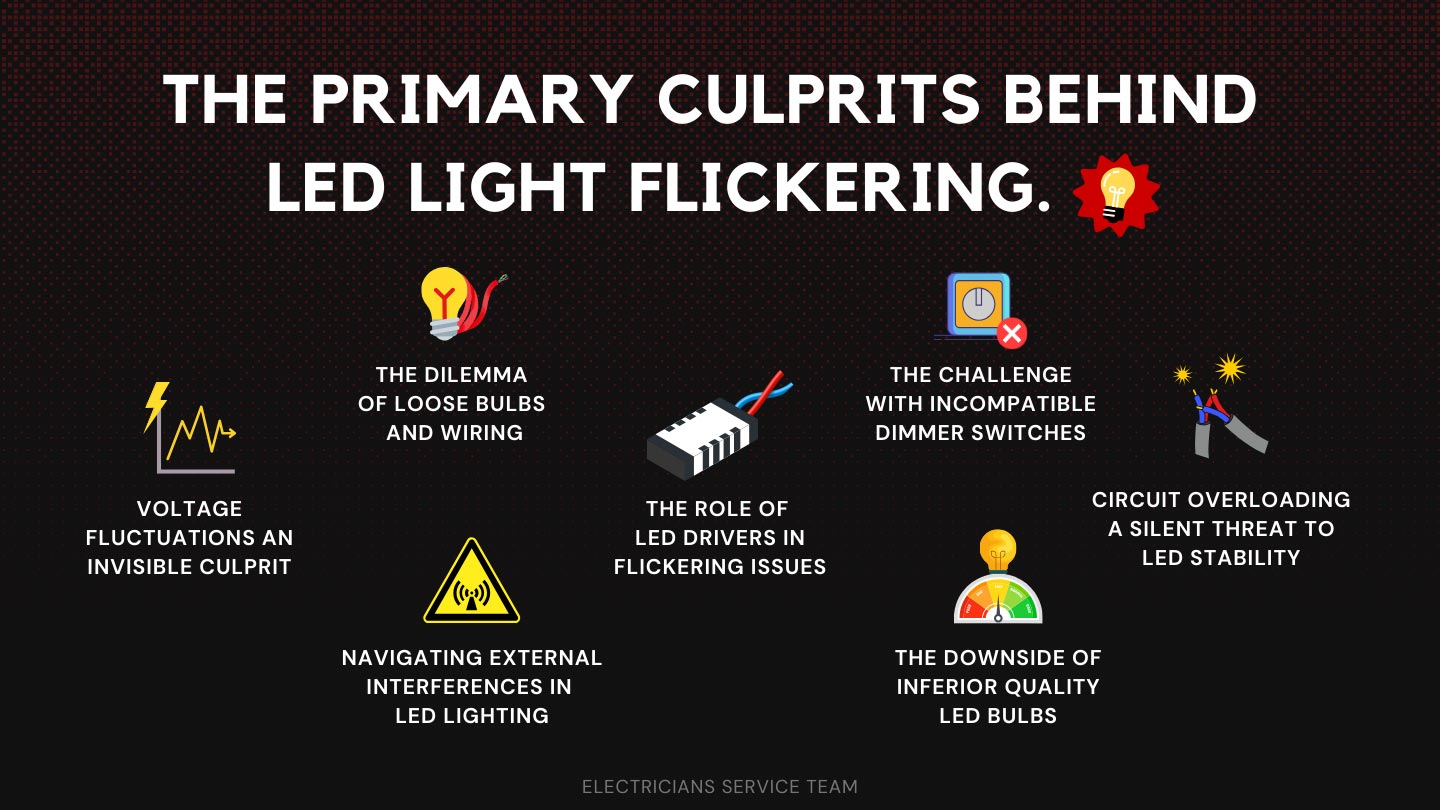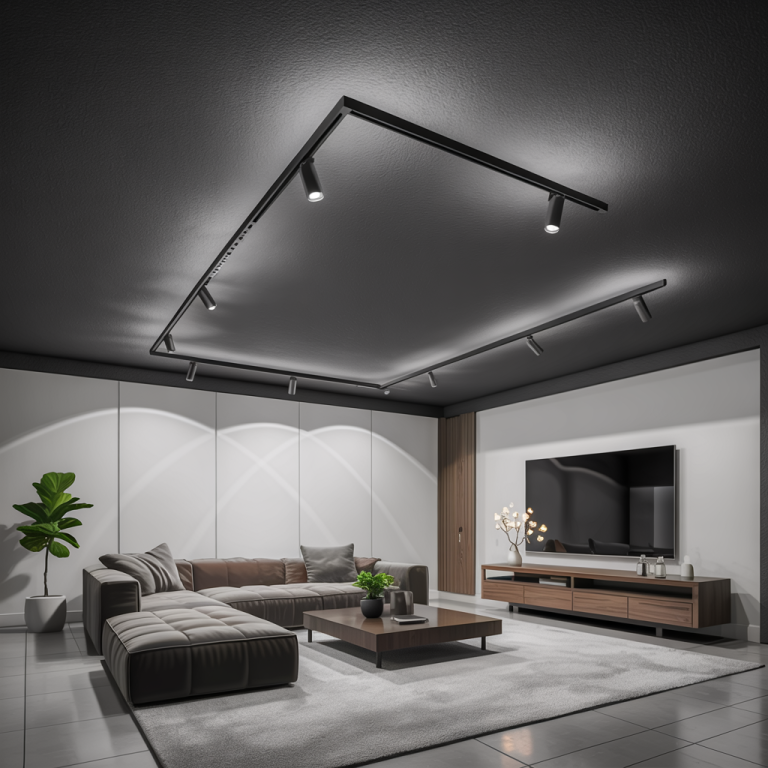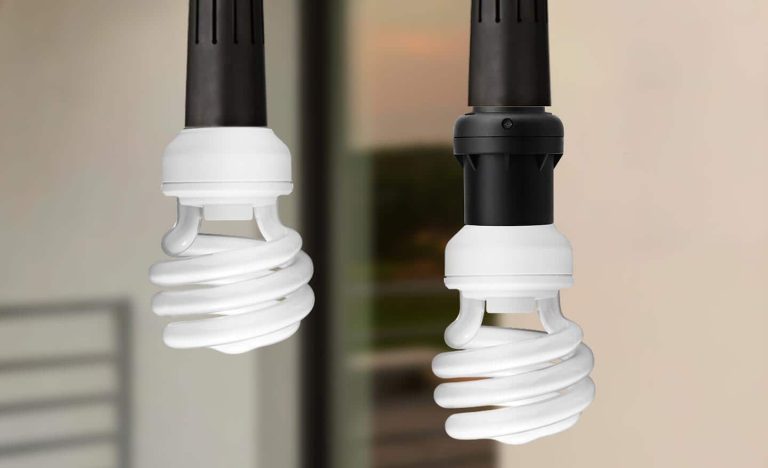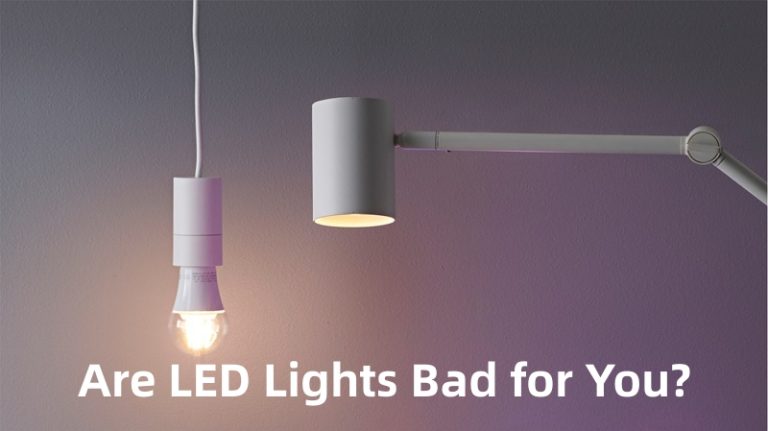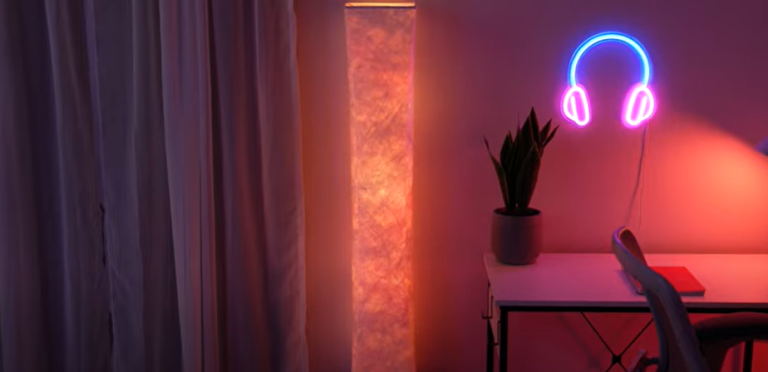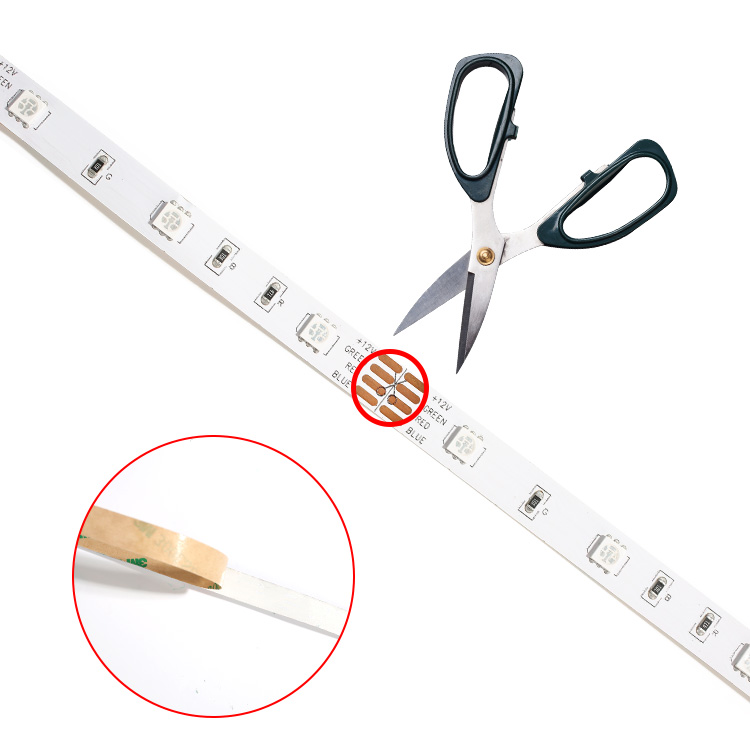Why Do LED Lights Flicker? Uncover the Hidden Causes
Why do LED lights flicker? LED lights flicker due to fluctuations in electrical current, poor-quality drivers, incompatible dimmers, or low voltage. Since LEDs use direct current, any instability in power supply or control electronics causes rapid changes in brightness, perceived as flickering by the human eye.
You’re not alone in experiencing this issue, and it’s something that many people wonder about. Understanding why your LED lights flicker can save you time, money, and frustration. Imagine the peace of mind that comes with knowing exactly what’s causing those pesky flickers and how to fix them.
You might discover that the solution is simpler than you think. So, are you ready to uncover the mystery behind your flickering lights and find out how to achieve a steady, reliable glow in your home? Keep reading, and you’ll be equipped with the knowledge to make your lighting experience smoother and more enjoyable.
Why Do LED Lights Flicker?
Basics Of Led Technology
Understanding the basics of LED technology helps explain why these lights flicker. LEDs, or Light Emitting Diodes, offer energy efficiency and long lifespan. They convert electricity into light using a semiconductor. This process differs from traditional bulbs. LEDs have unique characteristics that sometimes cause flickering. Let’s dive into these features.
Read More: What are LED Lights? Discover Bright Efficiency
What Makes Leds Different?
LEDs use a semiconductor to emit light. This semiconductor controls the flow of electricity. Traditional bulbs, like incandescent, use filaments. LEDs do not. This difference affects how LEDs function and behave.
How Leds Use Power
LEDs run on direct current (DC) power. Most homes use alternating current (AC). A driver converts AC to DC for LEDs. This conversion can sometimes cause flicker. Flickering often happens if the driver isn’t stable.
The Role Of Dimmer Switches
Not all dimmer switches suit LEDs. Some dimmers are made for incandescent bulbs. These dimmers might not handle LED’s low power draw. The mismatch can lead to flickering. Use LED-compatible dimmers to avoid this issue.
Impact Of Voltage Fluctuations
Voltage changes affect LED performance. LEDs require a steady voltage to work properly. Fluctuations in voltage can lead to flickering. This is more common in areas with unstable power supply. Checking your home’s voltage can help identify the problem.
Influence Of Temperature And Environment
Temperature changes can impact LED lights. Extreme cold or heat affects their operation. LEDs may flicker if they overheat. Ensure proper ventilation to maintain stable temperature.
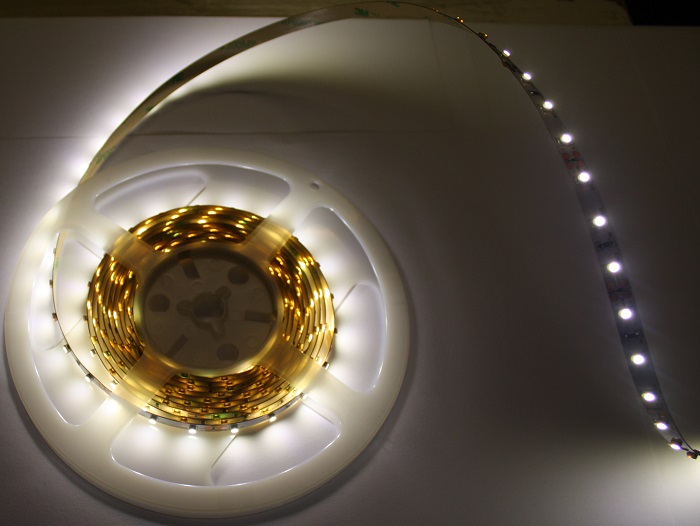
Credit: www.instyleled.co.uk
Electrical Supply Issues
LED lights flickering can be frustrating, especially when you’re just settling down with your favorite book or hosting a dinner party. One common culprit behind this flickering is electrical supply issues. When the power supply to your lights isn’t steady, it can cause them to flicker, dim, or even go out momentarily. Understanding these electrical supply issues is crucial for maintaining the ambiance in your home.
Read More: How Long Do LED Light Bulbs Last? Discover the Truth
Voltage Fluctuations
Voltage fluctuations are a major reason why LED lights flicker. If your home’s voltage is unstable, it can lead to inconsistent power delivery to your lights. This might happen due to sudden surges or drops in electricity. Imagine your lights dimming during a movie night—annoying, right?
To tackle voltage fluctuations, you might consider installing a voltage stabilizer. This device helps maintain a steady flow of electricity, ensuring your lights shine bright without interruptions.
Overloaded Circuits
Have you ever noticed your lights flickering when you turn on a heavy appliance? This could be due to overloaded circuits. When too many devices draw power simultaneously, it strains the circuit and causes lights to flicker.
Think about redistributing your appliances across different circuits. This simple step can alleviate the pressure on any single circuit, reducing flickering and keeping your lights steady.
Loose Wiring
Loose wiring is another common culprit behind flickering lights. If the wiring in your home isn’t secure, it can disrupt the flow of electricity to your LEDs. This issue often arises in older homes where the wiring has aged.
Consider having a professional electrician inspect your wiring. A quick check-up can identify loose connections and repair them, ensuring your lights stay flicker-free.
Incompatible Dimmer Switches
Are your LED lights connected to a dimmer switch? If so, they might flicker due to incompatibility. Not all dimmer switches work well with LED bulbs, causing them to flicker or behave erratically.
Look into purchasing LED-compatible dimmer switches. This small upgrade can make a big difference in how your lights perform, letting you enjoy a smooth dimming experience.
So, next time your LED lights flicker, consider checking the electrical supply. What steps will you take to ensure your home lighting is as reliable as your favorite pair of cozy socks?
Incompatible Dimmers
LED lights often flicker due to incompatible dimmers. These dimmers can’t handle the low power of LEDs. Adjusting the dimmer settings or using LED-compatible dimmers can solve the flickering issue.
Are you puzzled by the flickering of your LED lights? One common culprit is incompatible dimmers. Many people find themselves in this situation when they switch from incandescent bulbs to LEDs without considering whether their dimmer switches are compatible. This can lead to frustration, as what seemed like a small change results in a less-than-ideal lighting experience.
Understanding Dimmer Compatibility
Not all dimmer switches work with LED lights. Traditional dimmers are designed for incandescent bulbs, which have different electrical requirements. LED lights operate with a lower wattage and a different electrical load. This mismatch can cause your lights to flicker, creating an annoying and potentially distracting ambiance.
Identifying The Problem
Have you noticed that your LED lights flicker more when you adjust the dimmer? This is a clear sign of an incompatible dimmer. If your lights flicker at certain dimming levels but not others, the dimmer might not be designed for LED use. Checking the specifications on your dimmer switch can provide clarity.
What Are Your Options?
Replacing your dimmer switch with one compatible with LED lights is the best solution. Look for dimmers specifically labeled for LED use. If you’re unsure, consulting with a professional can ensure you choose the right option and avoid further flickering issues.
Personal Experience: A Lesson Learned
I once experienced the flicker frustration firsthand after installing LEDs in my living room. I ignored the compatibility of my dimmer switch, assuming any dimmer would do the job. This small oversight led to hours of troubleshooting. Once I installed an LED-compatible dimmer, the flickering stopped instantly.
Why Does This Matter?
A smooth, flicker-free lighting experience is more than just a convenience. It affects your comfort, concentration, and even mood. Imagine reading a book or hosting a dinner under flickering lights. Ensuring your dimmers are compatible can make all the difference in creating a pleasant environment.
Actionable Steps
– Check your current dimmer: Look for any indication it’s compatible with LEDs.
– Research LED-specific dimmers: Find one that fits your needs and aesthetic.
– Consider professional installation: If you’re not comfortable with electrical work, hiring an electrician can save you time and trouble.
Are you ready to make your home flicker-free? Addressing dimmer compatibility not only solves the flickering issue but also enhances your overall lighting experience.

Credit: m.youtube.com
Poor Quality Components
LED lights are popular for their energy efficiency and long lifespan. Yet, flickering can be a common issue. Poor quality components often cause this problem. These components fail to manage the electric current properly. Consequently, your LED lights flicker or flash.
Why Poor Quality Components Cause Flickering
Cheap components can’t handle voltage fluctuations. They lack the capacity to regulate power effectively. This results in inconsistent light output. Flickering becomes noticeable and bothersome. Quality components ensure steady performance.
The Role Of Drivers In Led Flickering
LED drivers convert power to the right voltage. Poor-quality drivers fail to do this consistently. As a result, LEDs flicker due to power interruptions. Good drivers provide a smooth power supply. This eliminates flickering issues.
Impact Of Heat On Led Components
Heat affects the performance of LED components. Inferior materials can’t dissipate heat well. Overheating leads to component failure. This failure causes flickering lights. Quality components handle heat better, ensuring stable lighting.
Identifying Poor Quality Components In Led Lights
Inspect the packaging for quality certifications. Reliable brands often display these marks. Check for visible signs of poor workmanship. Loose or poorly connected parts indicate low quality. Investing in quality LED lights saves you from flickering problems.
Environmental Factors
Environmental factors play a significant role in LED lights flickering. These factors can affect the stability and performance of LED lighting systems.
Temperature Fluctuations
LED lights can flicker due to changes in temperature. Extreme temperatures may cause the components to expand and contract. This affects the electrical connections and causes flickering.
Humidity Levels
High humidity can lead to moisture buildup in LED fixtures. Moisture affects the electrical circuits, causing instability and flickering. Dry environments are better for consistent LED performance.
Voltage Surges
Voltage surges can lead to flickering in LED lights. Sudden spikes in voltage disrupt the flow of electricity. This results in inconsistent light output from the LEDs.
Electrical Interference
Nearby electrical devices can interfere with LED lights. These devices emit electromagnetic waves. The waves can disrupt the LED circuitry, causing flickering.
Natural Light Impact
Natural light sources may affect LED lights. Bright sunlight can alter perceived brightness. This may result in flickering or uneven light distribution.

Credit: www.npr.org
Frequently Asked Questions
How Do I Stop My Led Lights From Flickering?
Check for loose connections and tighten them. Replace incompatible dimmers. Use LED-compatible dimmer switches. Upgrade to high-quality LED bulbs.
Are There Any Led Bulbs That Don’t Flicker?
Yes, many LED bulbs are designed to be flicker-free. Look for bulbs labeled “flicker-free” or “low flicker. ” Choose high-quality brands and check customer reviews to ensure performance. Using LED-compatible dimmers can also help reduce flickering.
Why Does My Led Bulb Flicker Randomly?
LED bulbs flicker due to voltage fluctuations, loose connections, or incompatible dimmer switches. Check wiring and replace faulty components.
Is It Bad For Led Lights To Flicker?
LED lights flickering can indicate electrical issues or poor quality lights. Flickering may reduce bulb lifespan and cause discomfort. Check wiring, dimmers, or use quality LEDs to prevent flickering problems. Proper installation ensures optimal LED performance and longevity.
Why Do Led Lights Flicker Sometimes?
LED lights flicker due to voltage fluctuations or incompatible dimmer switches. It can also be poor quality bulbs.
Conclusion
Understanding why LED lights flicker helps in fixing the issue. Flickering can be caused by loose connections or incompatible dimmers. Sometimes, power fluctuations lead to flickering. Changing the faulty bulb or dimmer often solves the problem. Always check wiring to ensure safety.
Consult an expert if the flicker persists. LED lights offer energy efficiency but need proper setup. Regular checks prevent flickering and ensure smooth operation. Enjoy bright, stable lighting with a little attention to these details. Your home deserves perfect illumination without interruptions.

